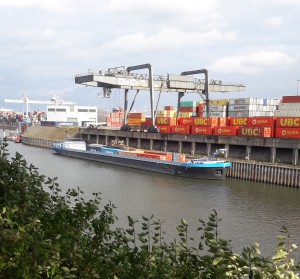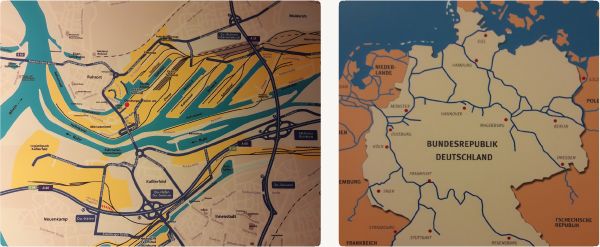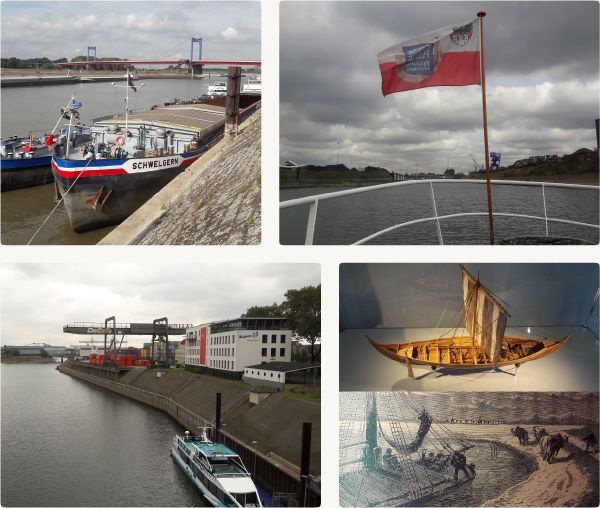News
-

- News
- Inland Ports
- Inland Ports - Duisburg, Germany
November 30, 2016
Inland Ports - Duisburg, Germany

It might seem obvious but most people either don't know or simply don't think about what an inland port really is. And yet, inland ports are both plentiful and significant.
Inland ports are located on rivers, or by lakes that are connected by rivers or canals. Long before major hubs like Rotterdam, Singapore or Shanghai were constructed, these inland ports were where shipping really started.
Small boats were used to transport goods from one place to another, first on rivers and later on canals built to connect them. Some of these very old inland ports are still active and have grown to be large and modern.
What's An Inland Port?
So how do you define an inland port? Well, crucially, the port must be located on an inland waterway (a river, lake or canal). This means that continents that have fewer rivers and lakes naturally also have fewer inland ports. (An example would be Australia, although the inland port of Echuca near Victoria thrived in the 19th Century.)
This also means that there are also sea-ports that are partially inland, like Hamburg on the River Elbe or Antwerp, because an inland port can still be connected to the ocean as well, according to official definitions.
But, ultimately, for me a real inland port is when the water is no longer salt and the coast is far away! Regardless how you specifically define what an inland port is, in this series I will present what I think are the most fantastic inland ports in the world. Join me in this discovery!
1. Duisburg, Germany
Where is best to start? Well, they say the biggest inland port is Duisburg, Germany, and I tend to agree. Flourishing in the 19th century, the port has come a long way since the simple canal boats that were at first drawn by horses or men along the shore.
Today Duisburg is an iron and steel centre in Germany. Located in Rhineland-Westphalia and sitting at the junction of the rivers Rhine and Ruhr, Duisburg port has an area of 1,400 hectares and boasts excellent connections from the port to highways and rail lines.

With 130 cranes in operation, the port handles approximately 20,000 ships carrying 130 million tonnes of cargo per year. This is a significant portion of the roughly 450 million tonnes of cargo transported annually on inland waterways in Germany, making Duisburg an important inland port.
Duisburg's inner harbour is today completely renovated and developed. If you want to explore the harbour you can do so on the ship MS Gerhard Mercator, named after the famous cartographer who produced the world's first atlas in 1595, as well as the first world maps designed to be used for sailing navigation. Mercator is one of Duisburg's most famous past residents – he is buried in the St. Salvatore Church with a memorial in his honour.
Another good way to explore Duisburg port is from its bridges that cross the Rhine and Ruhr river, such as the Kiffward, Berliner, Karl-Lehr, or Friedrich Ebert bridges.

With Duisburg connected to the North Sea and Ferryl Deutschland GmbH factory and warehouses located in the south of Germany, containers of Ferryl goods are often shipped along Germany's inland waterways, on the way north to ports like Rotterdam.
With such a long history in shipping, Duisburg is a fantastic port. As I like to say: ports are like humans – all different. They are somewhat similar, but never the same!
Inland Ports: A New Exclusive Online Series
Every time Ferryl News goes to print I will present a new port in this series, so check back regularly! I will cover ports from around the world.
If you have any comments or questions, get in touch - I would love to hear from you. Do you know an important inland port that you think I should write about? Let me know. You can get in touch through the Contact tab at the top of the page.


